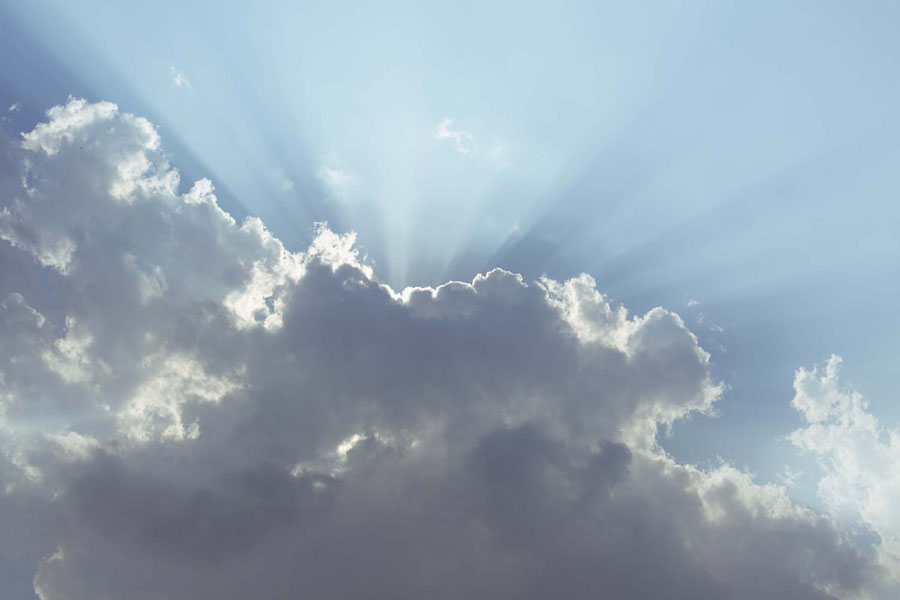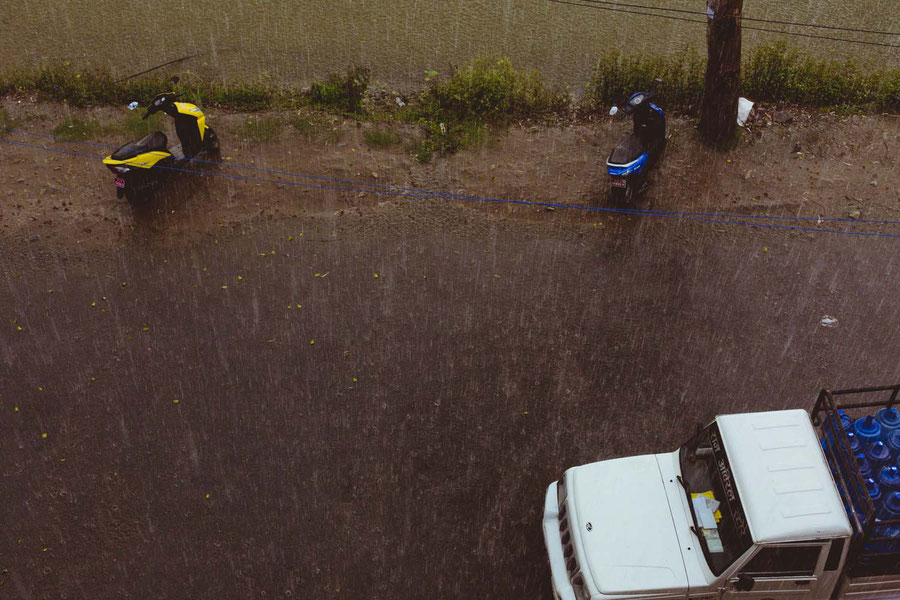I decide to go on another trek: the Anapurna circuit. I get the permits, buy some pecks, walking sticks and provisions. When the day comes that I'm supposed to leave, I stay where I am. I don't understand what holds me back. I meet a young American at breakfast and tell her about my hesitation to go on the trek. She did the Anapurna base camp trek and understood me immediately. She tells me about the near-death experiences on mountain slopes and about the two tourists who died on her way up. One because he ignored his symptoms, the other because the helicopter didn't fly in on time due to bad weather.
In Pokhara, no one talks about the dead, the accidents or the danger. Everyone talks about the once-in-a-lifetime experience on top of the mountain. Bestsellers like "Into Thin Air" are found in almost every backpack. The conversations revolve around mass accidents, like the snowstorm in 2014, which cost 39 lives. But nobody around me seems too bothered by the everyday deaths. You don't need a snowstorm to die up there. It's enough for a group to be too fast, a lax sense for your body, a loose stone on the slope, poor concentration, fatigue. The list can be continued indefinitely. After some googling, I remain clueless. I would like to know how many people die in the year on the "easy" and "harmless" treks. I know that during my time in Nepal, at least one person, but maybe two died on the Mardi Himal trek and that only in the two months I was on site. The treks are generally considered harmless and safe for tourists. It's not about summit climbs or the like. Summit climbs are well documented, with clearly visible death statistics. But numbers of the "normal" treks are not to be found. What one finds, however, are newspaper articles by foreigners and the tourism industry alike. Depending on the focus, the guilt is put on the "careless and unaware" Nepalese or the "unprepared and stupid" foreigners. Both are right and wrong. Nonetheless, the reality is much more complicated, because the dangers are not easy to assess and fitness and preparation have little to do with whether one comes off the mountain safely or dies in an accident.
The reason why most people make such a trek only once is that they learn to understand the dangers while walking, the way I did. Often, these dangers are not predictable whether you go with a guide or without. Since I prefer to wander alone, I wasn't comfortable to expose myself to this danger again. Granted, on my last hike, I only felt unsafe in a few places in the last section. Everything else was fine for me, but of course, it wasn't safe. Nothing in Nepal is safe.
I listen to my gut feeling and stay in Pokhara, in my cosy dormitory, with my comfortable routine and enough time to write and learn the ukulele. I get bored for the first time in 575 days. First, this feeling annoys me, but soon I find the familiar in it. For the first time, nothing overwhelms me. And I don't even have to lock myself into “safe” space. I can be proactive, anticipate and plan my day. It's an unusual feeling. I hover between my impatience – my need to move on, to explore the unknown – and the phlegmatic mood that keeps me in my dorm room. The tranquillity is a bit much, but I practice patience. I find joy in little encounters with travellers. The days and weeks trickle past me, I relax, and when I finally go back to Kathmandu, I can't wait to move on.
* If you like what you read, consider supporting me on patreon!*



Write a comment